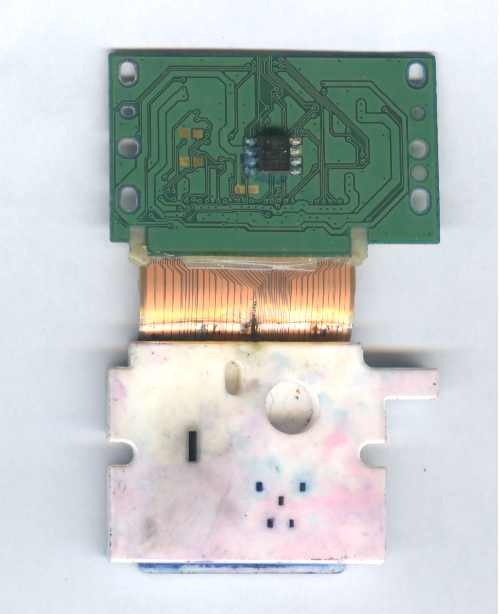Fabphoto
Getting Fingers Dirty
- Joined
- Feb 3, 2013
- Messages
- 27
- Reaction score
- 6
- Points
- 29
I put a leaky magenta cart in my pixma 6520 ( 5 cart system). I thought it had quit dripping. Now my print came out with magenta smeared over a third of the print.
I turned it off immediately and haven't tried any thing yet.
I hope someone can tell me what to do next before I really mess it up.
Before this accident I have had good beginners luck with re-filling.
Thanks for any help.
I turned it off immediately and haven't tried any thing yet.
I hope someone can tell me what to do next before I really mess it up.
Before this accident I have had good beginners luck with re-filling.
Thanks for any help.

